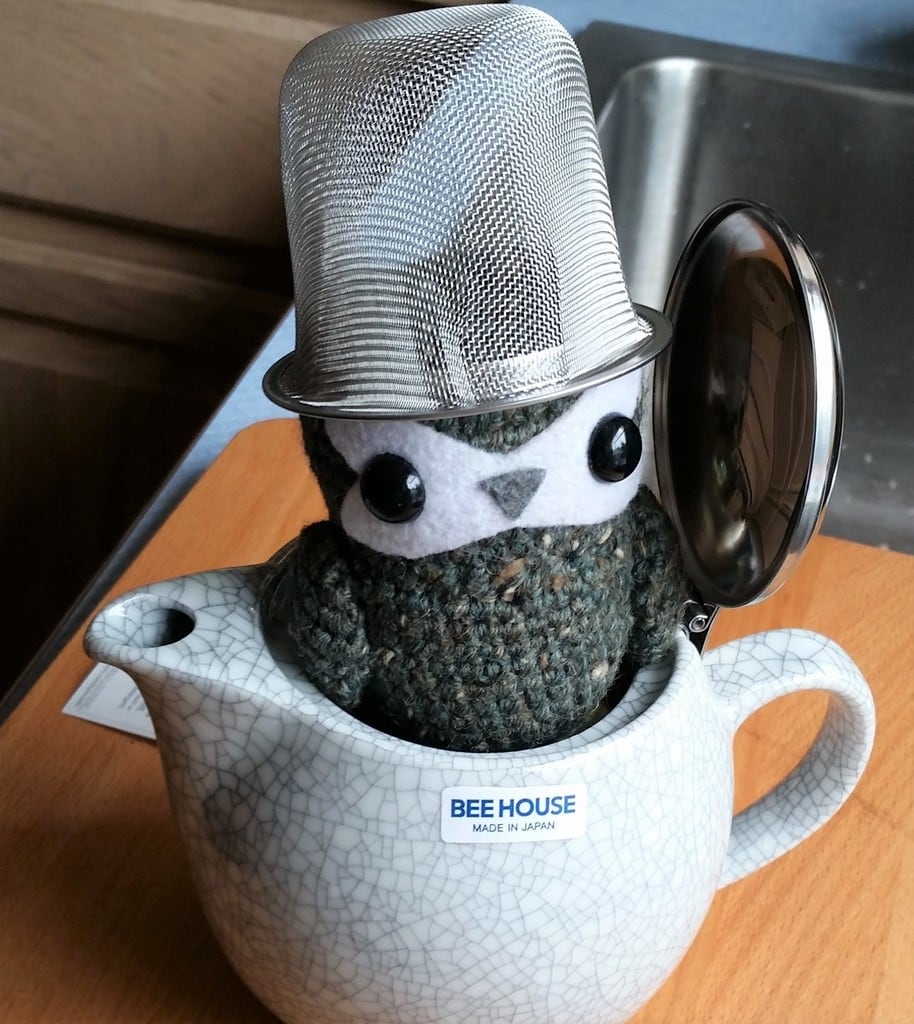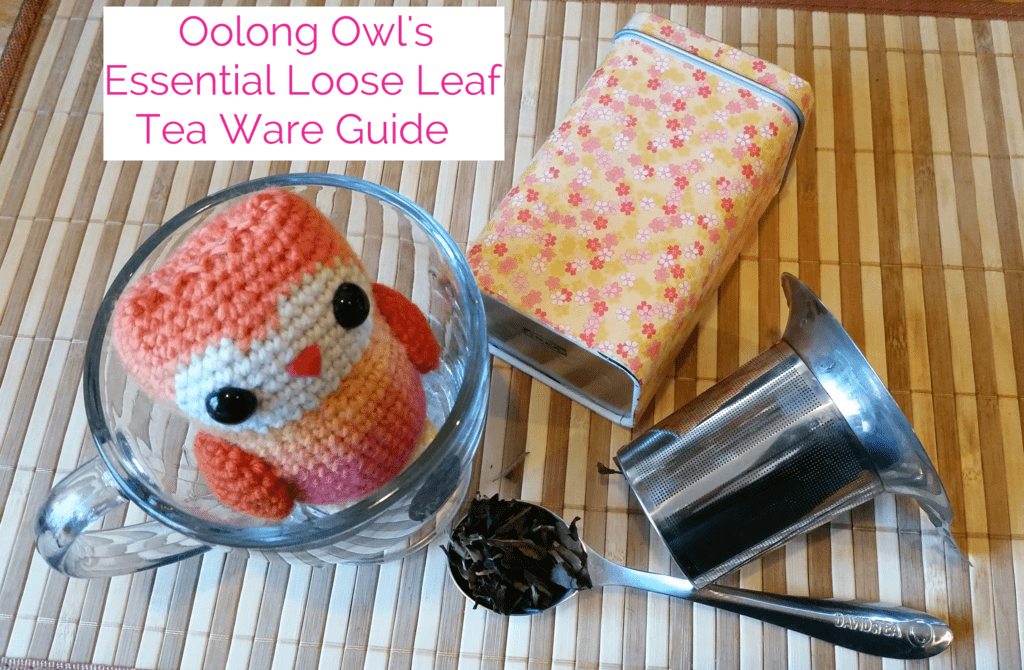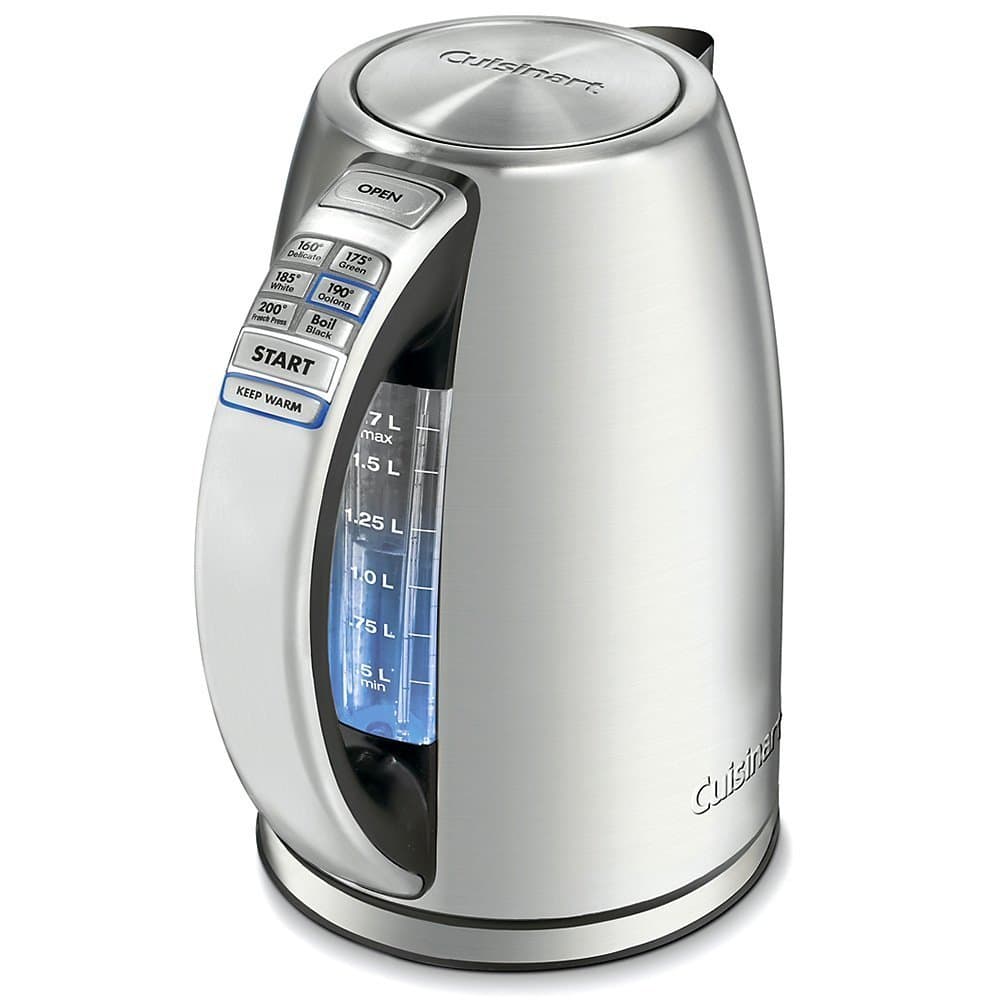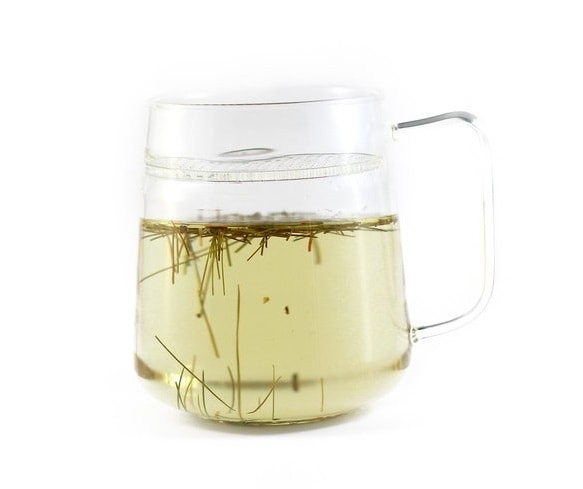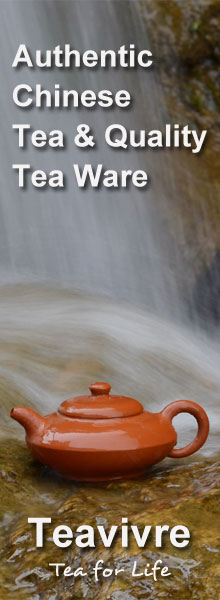Hi Tea Owls! Most of the time the Tea Owls and I guzzle down Oolong tea like it is going out of style. Time to switch gears a bit and have some learning time here at OolongOwl! Sit back and learn about the love and effort put in to making Oolong tea by Guest Poster Samantha from Seattle Coffee Gear.
~~~~~~~~~~~~~~~~~~~~~~~~~~~~~~~~~~~~~~~~~~~~~~~~~~~~~~~~~~~~~~~~~~~~
The Life of an Oolong Tea Leaf
Far from an episode of the X Files, here are the basics to jump start your Oolong education. While Oolong remains most popular in southern China and Taiwan, don’t be afraid to try this semi-oxidized tea. It fills an important gap between black tea and green tea and offers an enjoyable range of flavors. Oolong is a historic Camellia sinensis with many variations that have evolved over time in response to politics, changing tastes and geography.
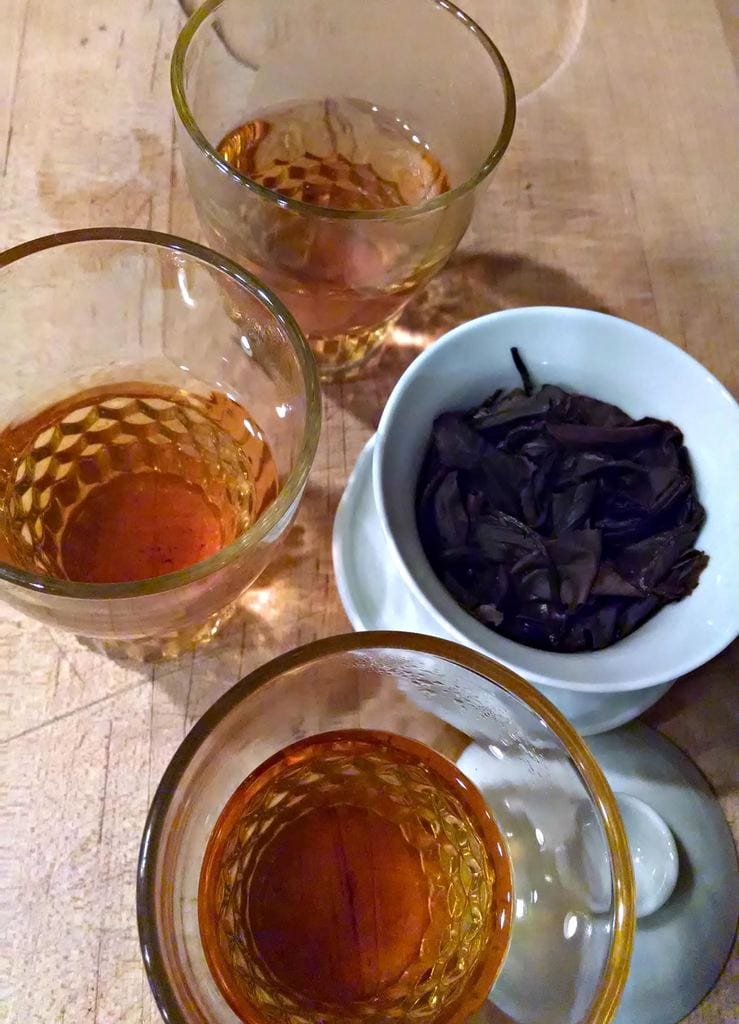
History
Oolong tea has roots in southern China in the Fujian province and was popularized by royalty during the late Song Dynasty. Oolong later traveled further south to Taiwan in the mid-1800’s. Communist China put a damper on this rich tea culture and its artisan production techniques. Taiwan had access to export markets, government supported research and a better standard of living that has resulted in a higher quality product. Today the Taiwanese are very skilled in roasting tea and the preferred style is lightly fired, highly fragrant Oolong varieties.
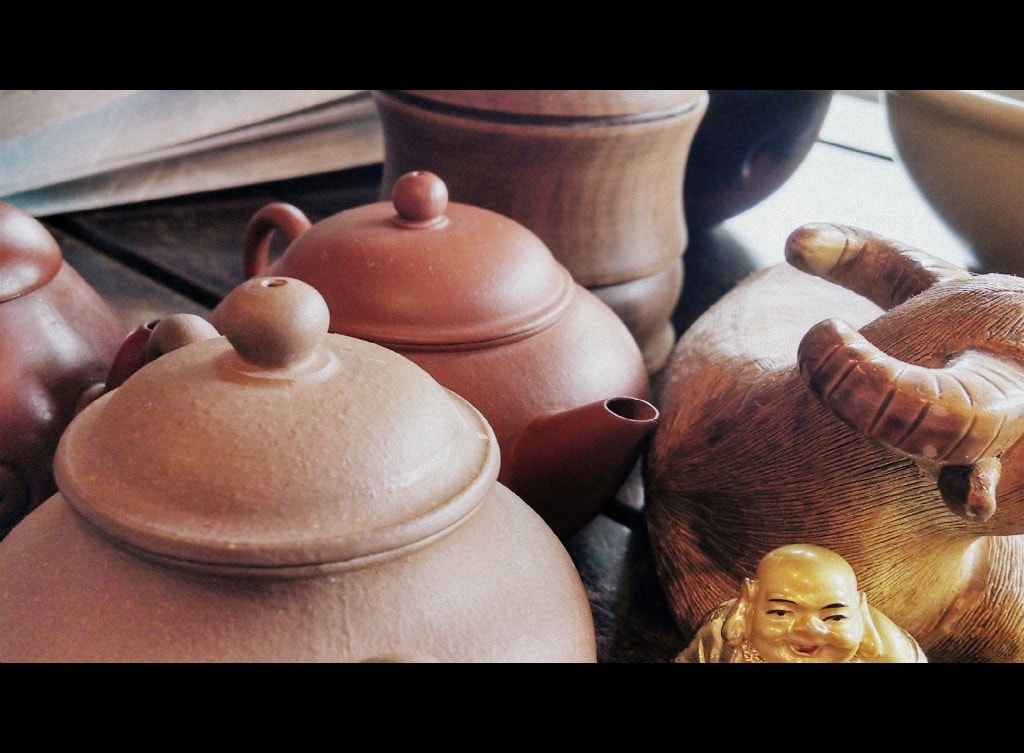
Hand Harvested
For Taiwanese Oolongs, the standard guideline for picking is two leaves and a bud. For a traditional style Oolong, producers want the leaves to be mature. In the past, tea pickers would wait until mid-morning when the dew subsided to begin harvesting but this is no longer the case. Dew is shaken off tea plants early in the morning or the variation in moisture content is taken into consideration during processing.
Withering
Freshly picked tea leaves are laid outdoors on canvas. If temperatures and humidity levels are ideal, the outdoor withering lasts for about 30 minutes and then the tea leaves are moved indoors to finish. This removes some moisture and makes the leaves pliable. Tea makers use aroma and visual cues to know when the leaves are “done” in the sun.
Oxidation
Once indoors, the tea rests in bamboo baskets for several hours. Then tea makers will go through each tray and stir the leaves. Stirring helps the water content equalize in the tea stems and veins to maintain a consistent product. The leaves cannot be stirred too lightly or too strongly to maintain this delicate balance. Oxidation can range from 15% to 70%, although 20-30% is common for Oolong teas.
Kill Green
The oxidation is halted with the application of heat. Tumblers that look like large front loading clothes dryers quickly shock the leaves. At this point the tea has a pronounced floral bouquet and the leaves feel soft and slippery. Afterwards, tea makers lay the leaves back on the bamboo trays and the tea rests while oxidation finishes. This takes about 4 hours.
Shaping, Pressing and Rolling
Next, the tea leaves are put into a pressing machine to break the cellular structure. This process also helps to shape the tea. The leaves for Baozhong Mao Cha get dried without rolling. For rolled style Oolongs, the tea leaves will be put inside a piece of cloth that is tightened up into a ball and rolled between two plates. For a high mountain Oolong, the leaves will be rolled about eight times to get the intended shape.
Drying
The mostly dry tea leaf is finally finished in a multi-tray oven and baked at low temperatures (~350F) until the leaf reaches a 5% moisture level. At this point, tea is called Mao Cha. This can be purchased directly from the producers and some people are buying and drinking Mao Cha. This process brings out the sweetness and fragrance of Oolong tea.
Sorting
To get rid of excess stems, broken leaves and old leaves, the tea is hand sorted. The tea is exposed to the air as it is sorted, and will reabsorb moisture. Some tea vendors will roast the tea a bit to get rid of that moisture. For a large wholesale account, vendors will match different crops of tea to get the signature taste for the company’s brand. For tea connoisseurs the quest to find small batch, seasonal, unblended and single origin Oolong is exciting. Traditional firing in bamboo baskets over charcoal is also still practiced and highly valued. Skill in firing can elevate a mediocre tea into a great tasting tea. Roasted or unroasted, the availability of these different teas in the U.S. has never been better.
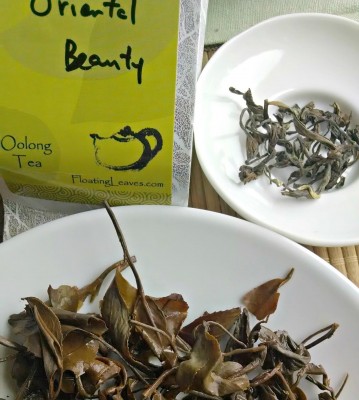
The care and expertise required to make Oolong translates into a delicious product. The aroma, flavor and taste varies like fine wines. Plant varietals, climate and roasting techniques all contribute to unique tea personalities. The range of flavors from Oriental Beauty to Dong Ding to Baozhong deserves exploration and further Oolong investigation…in your teacup!
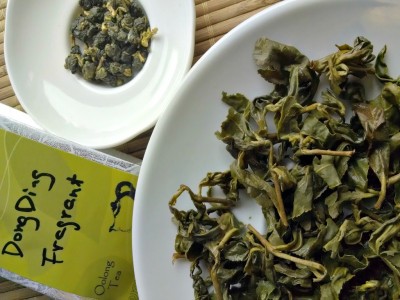
To find out more about Oolong, take a tea class in your area or read up on tea-centric blogs like this one. Also, I am indebted to Shiuwen Tai, a tea educator and Oolong expert in Seattle, Washington. She has a shop, a blog, and offers regularly scheduled tea tasting and tea roasting classes at Floating Leaves Tea.
Samantha Joyce is a writer for Seattle Coffee Gear and enjoys sharing her knowledge of all things coffee and tea.






